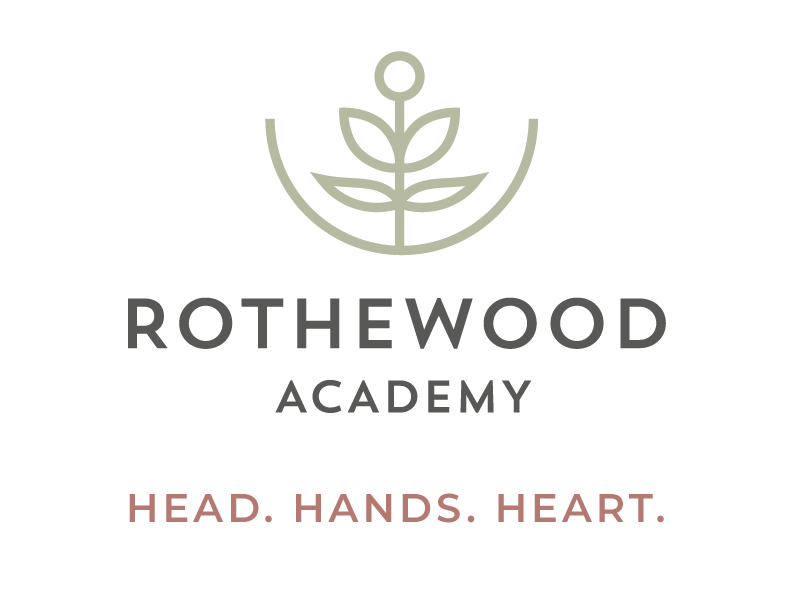23 July 2024
Embracing Holistic Learning in Early Childhood
At Rothewood Academy, our holistic approach to early learning makes us unique. Every child is a unique individual with diverse… Continue reading Embracing Holistic Learning in Early Childhood
At Rothewood Academy, our holistic approach to early learning makes us unique. Every child is a unique individual with diverse needs and talents, so holistic learning is our approach’s cornerstone. Our schooling program teaches each child through differentiated, personalized and individualized learning.
What Is Holistic Learning?
Holistic learning is more than just academics; it’s about nurturing the whole child. Unlike traditional education, which often focuses solely on cognitive development, this type of learning acknowledges the interconnectedness of all aspects of a child’s being – mental, social, emotional and physical.
Rothewood Academy’s Curriculum
Our curriculum includes a vibrant tapestry of experiences designed to ignite curiosity and foster a lifelong love for learning. We use a balanced approach that blends structured learning activities with free play, exploration and discovery opportunities.
Structured Learning vs. Free Play
In our classrooms, structured learning activities lay the foundation for academic skills, allowing for flexibility and creativity. Whether engaging in hands-on science experiments, exploring mathematical concepts through games or delving into language arts through storytelling, children are encouraged to actively participate and take ownership of their learning journey.
We also know the immense value of free play in promoting creativity, problem-solving and social-emotional development. Our play-based learning environments offer open-ended materials and imaginative spaces where children can express themselves, collaborate with peers and develop essential life skills organically.
A Complete Approach to Individualized Learning
Every child is unique, with their own strengths, interests and developmental pace. Our approach to holistic learning meets each child where they are and provides personalized support to help them reach their full potential.
Through ongoing observation, assessment and communication with families, our educators tailor activities and experiences to suit each child’s individual needs. Whether providing additional support in areas of challenge or extending learning opportunities for children ready to explore further, this is an inclusive environment where all children feel valued and supported.
How Teachers Support Our Approach
The teachers at Rothewood Academy are champions of a well-rounded approach to learning. With backgrounds in early childhood education and a passion for nurturing young minds, our team members undergo rigorous training to stay updated on the latest research and best practices and to refine their teaching methods to better support children’s holistic development.
The Physical Environment and Holistic Learning
The physical environment around us plays a crucial role in supporting this type of learning. All of our classrooms and outdoor play areas boast ample access to open-ended materials, sensory-rich experiences and opportunities for hands-on exploration.
Rothewood Academy’s physical environment encourages children to engage their senses, follow their interests and make meaningful connections with the world around them.
The Impact of Parent Involvement
The partnership between home and school is essential for supporting a child’s holistic development. At Rothewood Academy, we actively encourage parent involvement because it helps to improve a child’s holistic educational journey.
What Are the Long-Term Benefits?
The benefits of holistic learning extend far beyond the preschool years, laying the foundation for success in school, relationships and life. Nurturing the whole child – academically, socially, emotionally and physically – empowers them to become confident, resilient and compassionate people, ready to embrace future challenges and opportunities.
Could Your Child Flourish with Holistic Learning?
Rothewood Academy’s daycare and preschool nurture the whole child while taking a personalized approach to learning. With dedicated teachers, a supportive environment and strong partnerships with families, we create a transformative educational experience where every child can shine bright and reach their full potential.
Complete our online form to schedule a tour or learn how an education at Rothewood could set your child up for success.

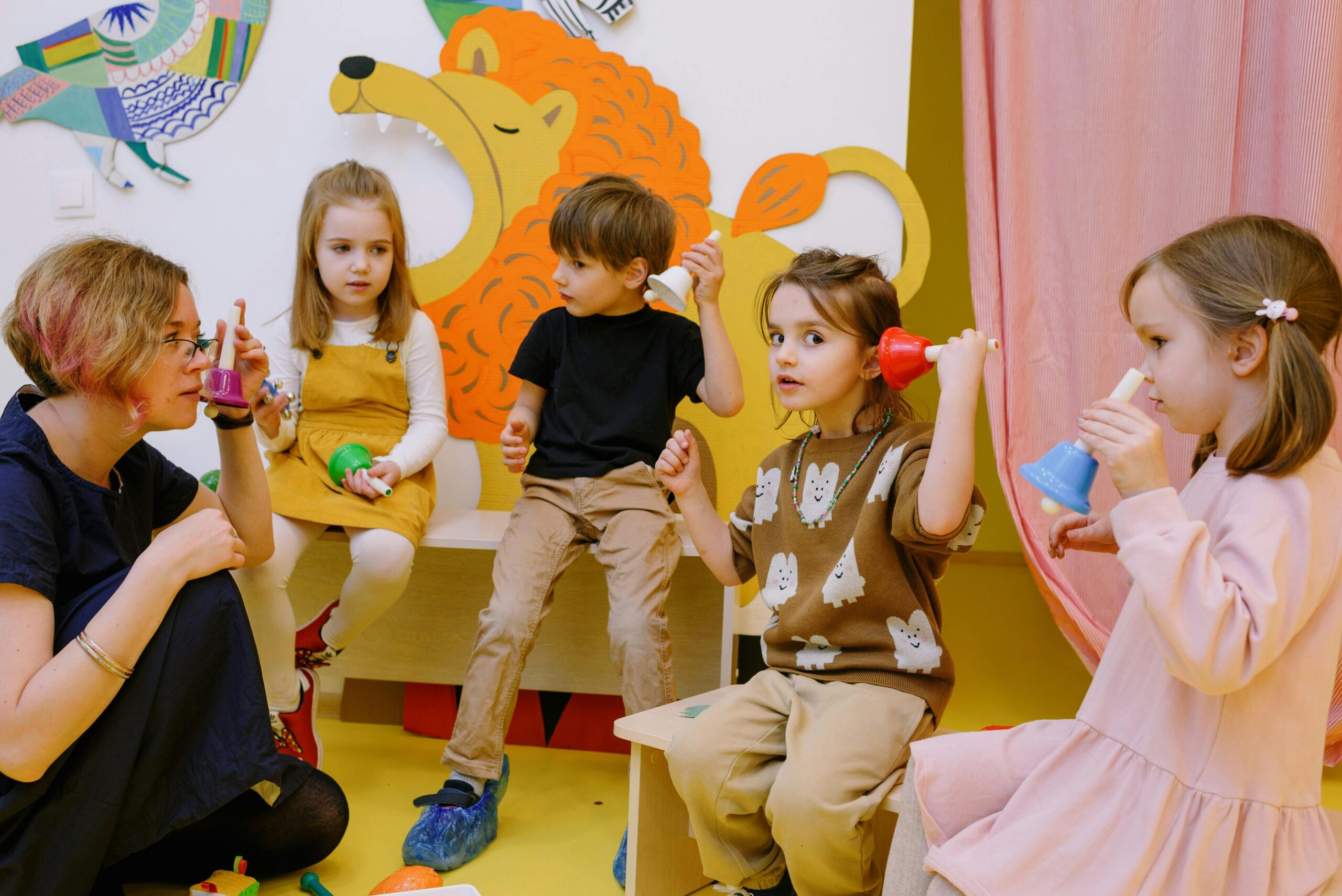
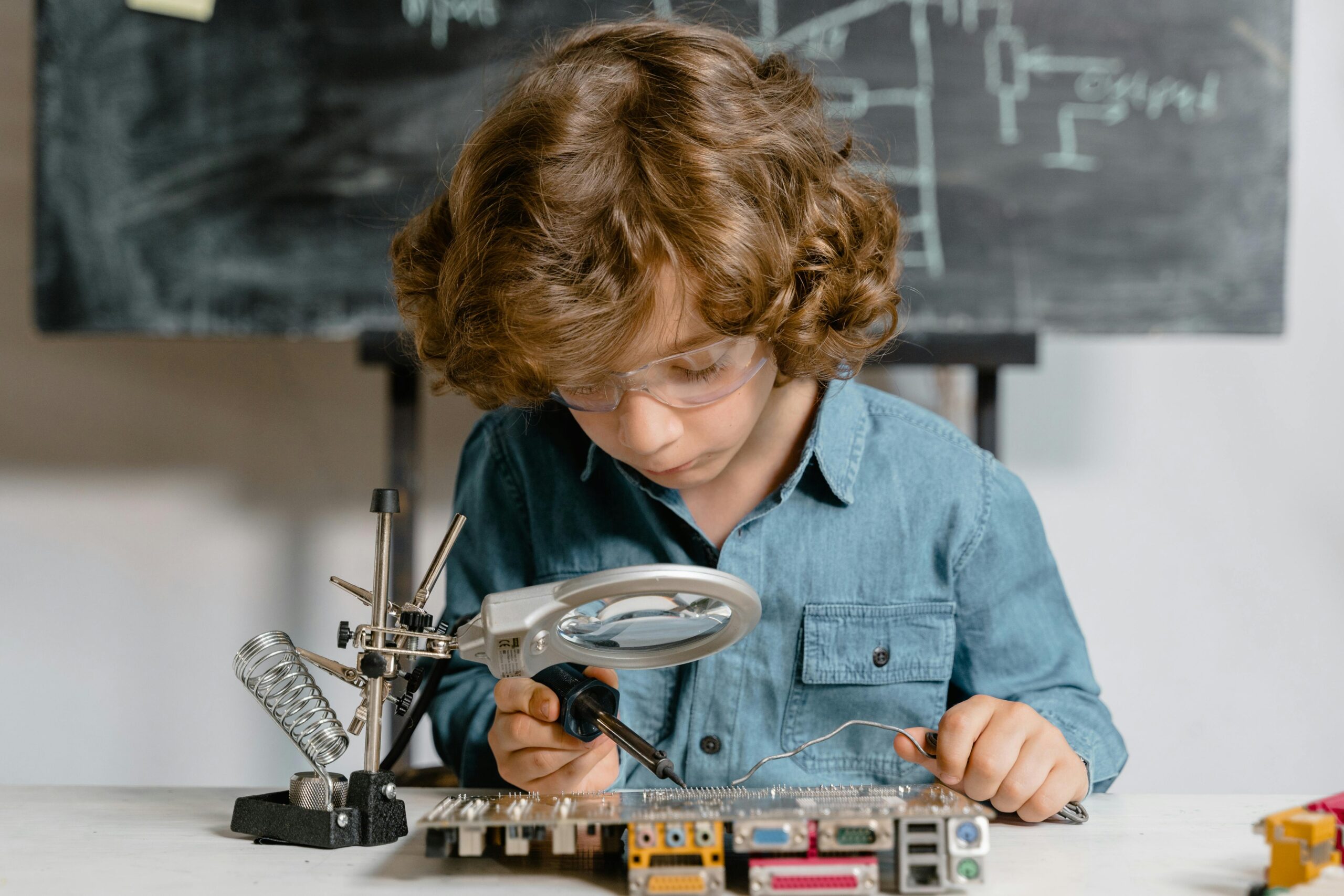
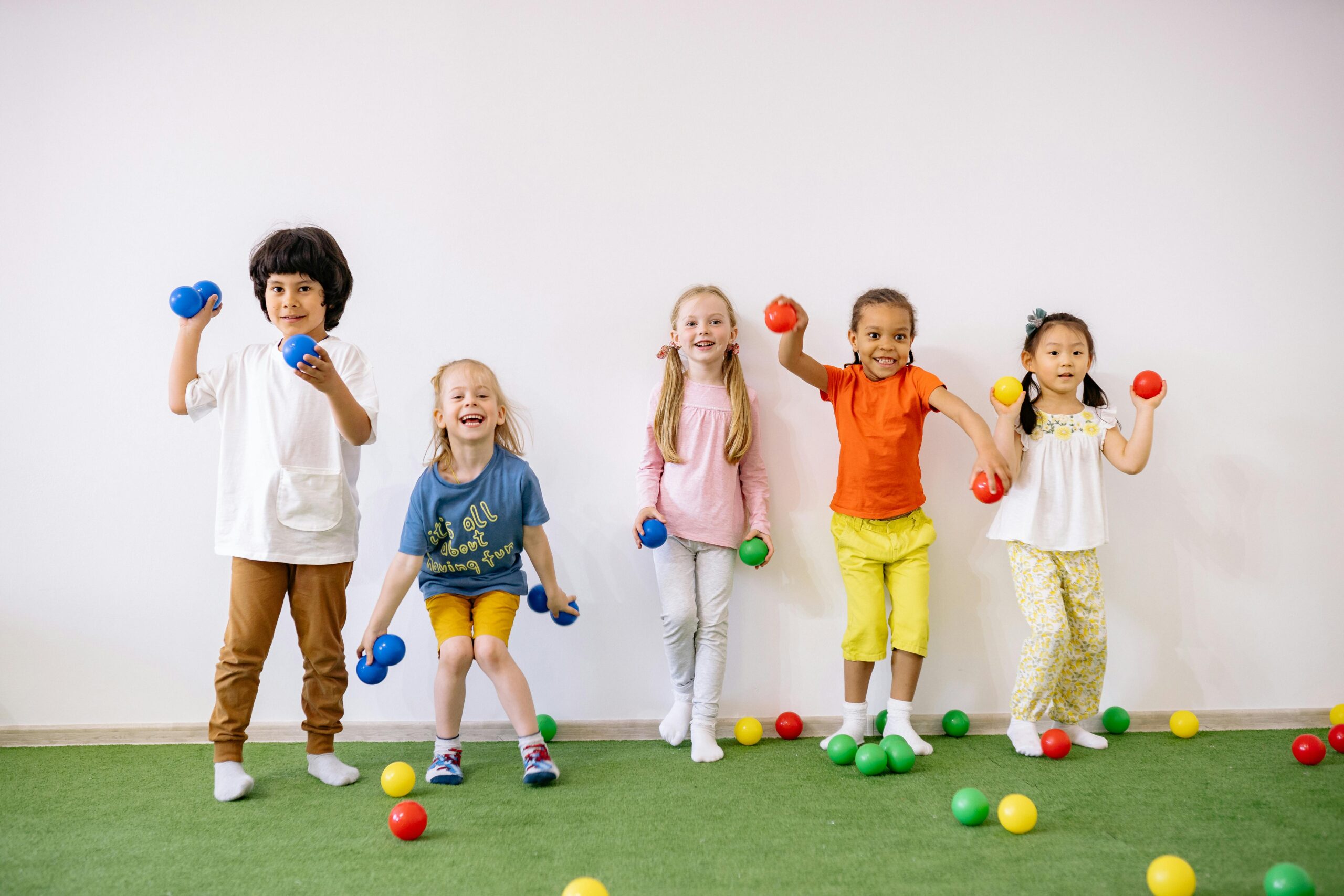
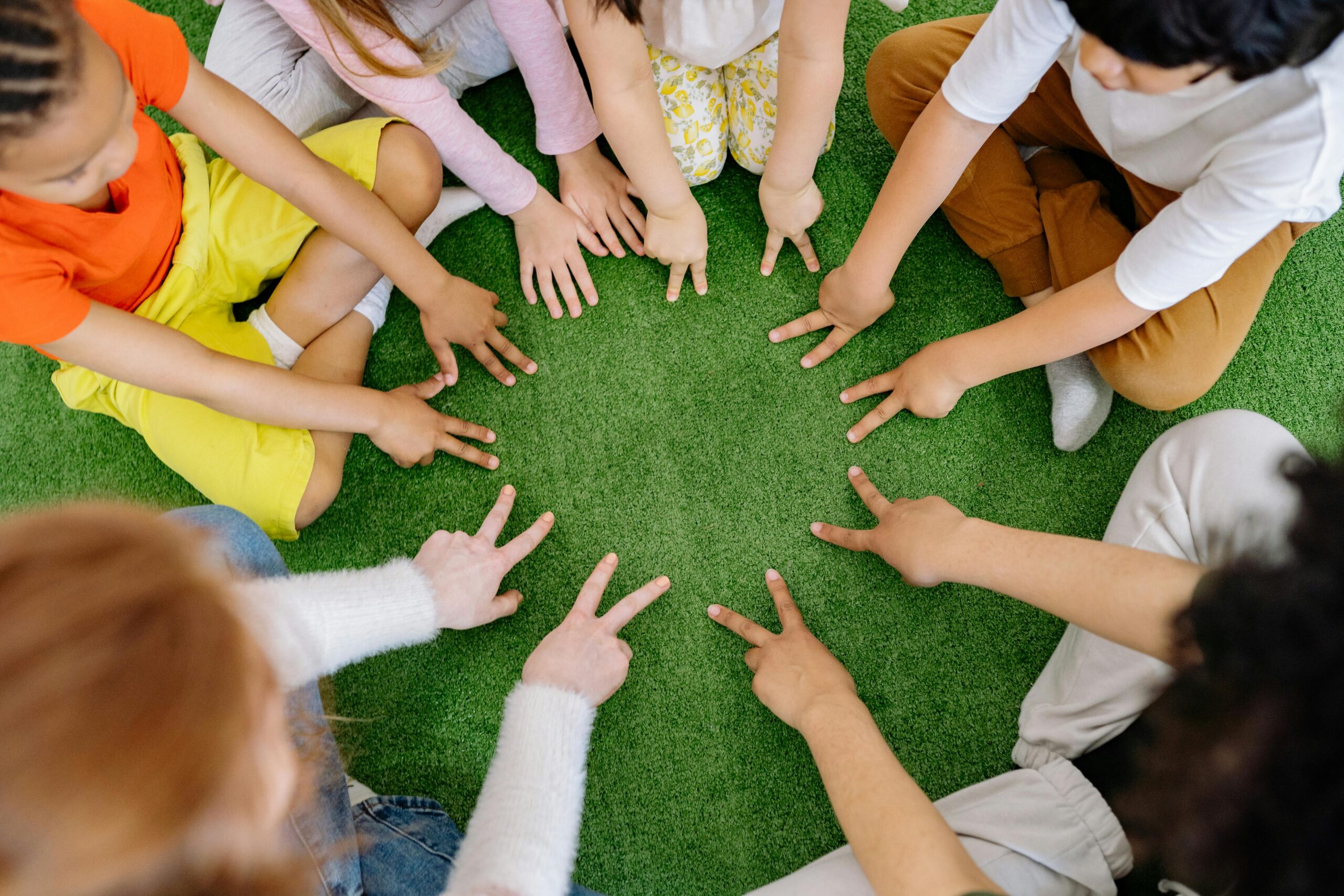
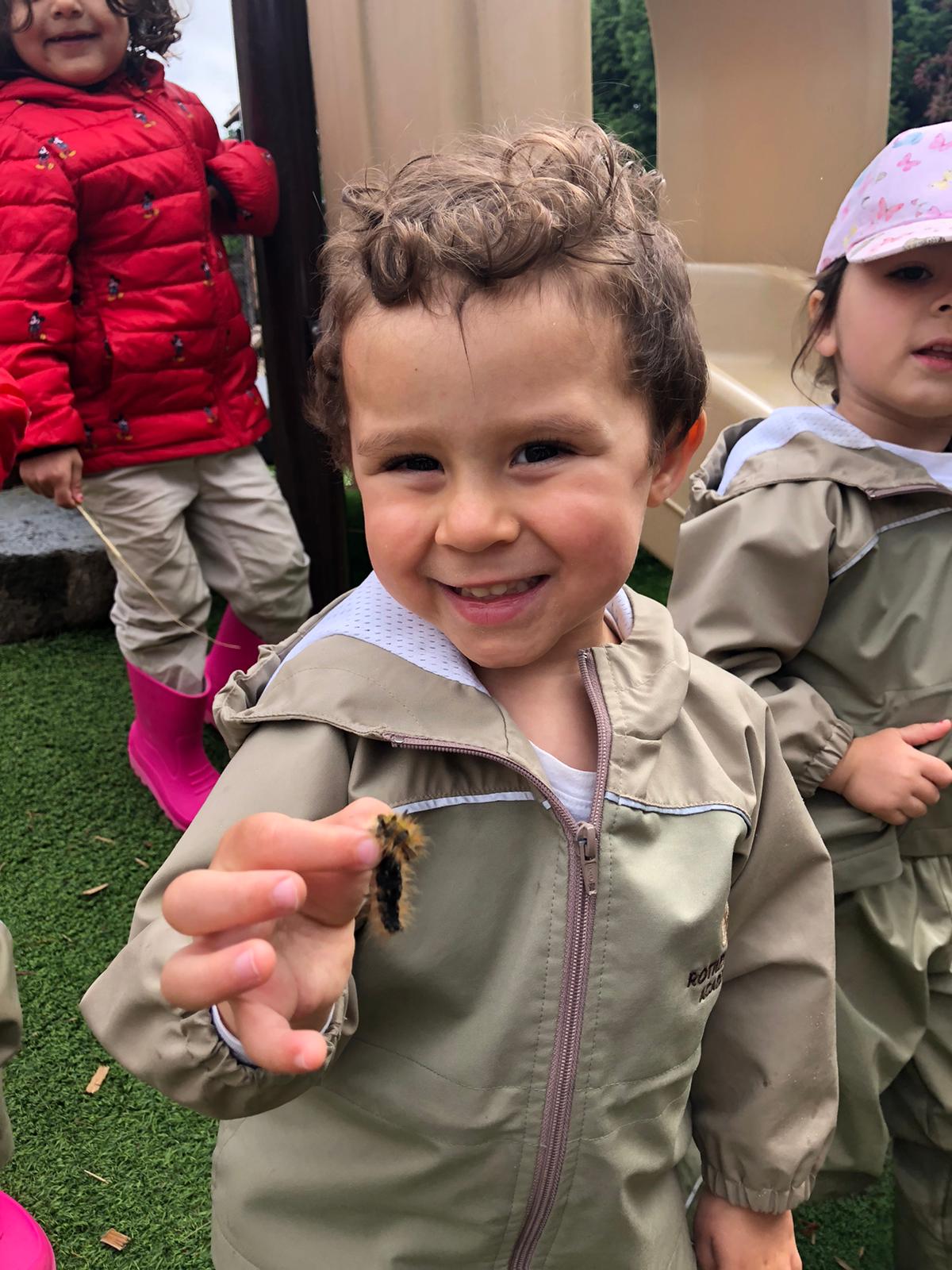
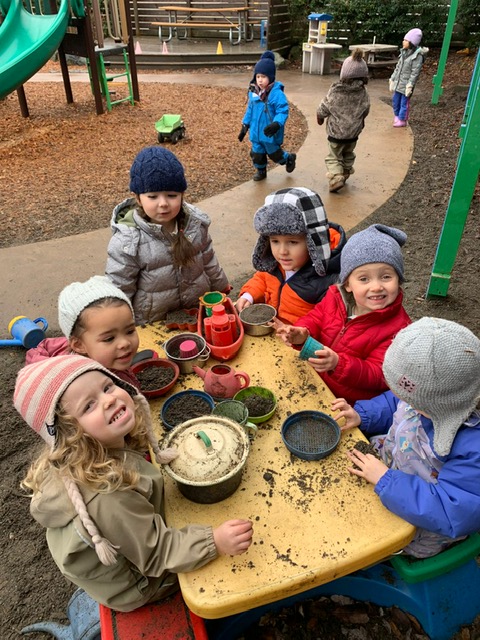
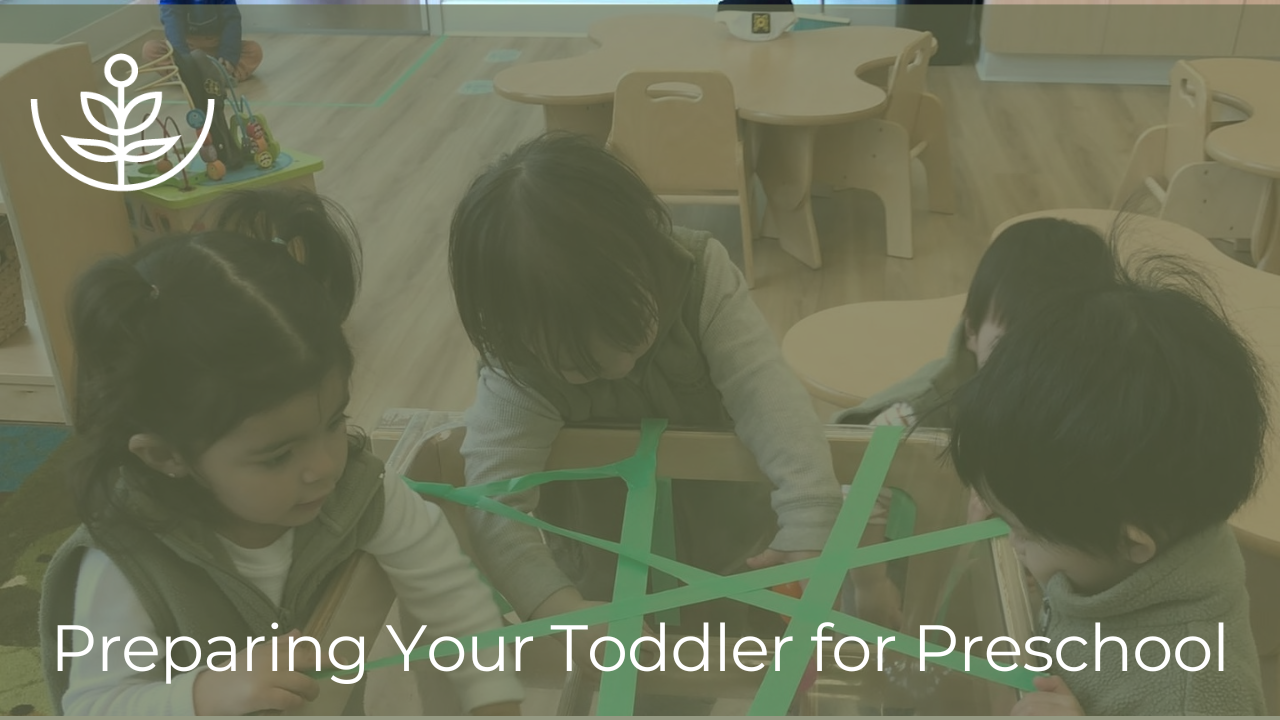
 Early childhood education is a crucial component of any child’s development. It allows children to develop the skills and knowledge they need to succeed. It should support cognitive and emotional growth by providing kids with the opportunity to interact with adults and others their own age. Quality childhood education encompasses equity and creates an inclusive environment for all children regardless of their culture, religion, socioeconomic background or skin colour.
Early childhood education is a crucial component of any child’s development. It allows children to develop the skills and knowledge they need to succeed. It should support cognitive and emotional growth by providing kids with the opportunity to interact with adults and others their own age. Quality childhood education encompasses equity and creates an inclusive environment for all children regardless of their culture, religion, socioeconomic background or skin colour. Children need balanced, nutritious and wholesome diets to give them the energy to grow, strengthen their immune systems, and prevent disease and malnutrition. Understanding what your preschool child should eat is crucial. It can help you plan their meals, teach them about healthy eating and prepare them for the independence that comes with going to kindergarten. At Rothewood Academy, we understand that healthy eating is essential for a child’s development, and we take dietary matters seriously. Our
Children need balanced, nutritious and wholesome diets to give them the energy to grow, strengthen their immune systems, and prevent disease and malnutrition. Understanding what your preschool child should eat is crucial. It can help you plan their meals, teach them about healthy eating and prepare them for the independence that comes with going to kindergarten. At Rothewood Academy, we understand that healthy eating is essential for a child’s development, and we take dietary matters seriously. Our 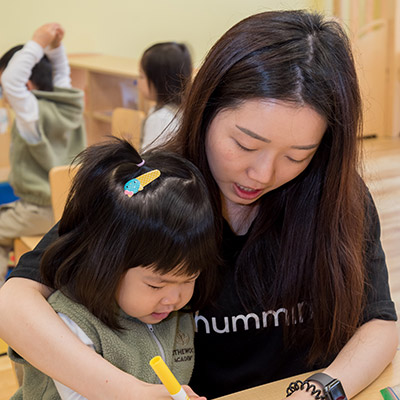 Preschool teachers shape your child’s future success and play a significant role in their development. Teachers often play different roles in a school setting, all of which require them to possess some essential qualities. As a parent of a preschooler, you must understand and assess these characteristics to ensure that your child’s needs are met while they’re away from home. At Rothewood Academy, we know the attributes that a great preschool teacher must have to create a clean, safe, nurturing environment that promotes engaging learning.
Preschool teachers shape your child’s future success and play a significant role in their development. Teachers often play different roles in a school setting, all of which require them to possess some essential qualities. As a parent of a preschooler, you must understand and assess these characteristics to ensure that your child’s needs are met while they’re away from home. At Rothewood Academy, we know the attributes that a great preschool teacher must have to create a clean, safe, nurturing environment that promotes engaging learning.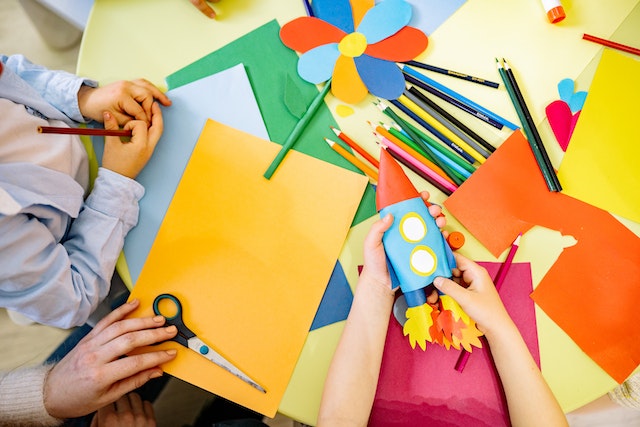 One of the biggest challenges in a preschool classroom is handling students exhibiting challenging behaviour. These behaviours often hinder a teacher’s capacity to teach and maintain control of the classroom, affecting the overall productivity of a class. Therefore, an educator must know how to handle such conduct effectively. At Rothewood Academy, our preschool educators have years of experience dealing with challenging behaviour and have strategies to manage them.
One of the biggest challenges in a preschool classroom is handling students exhibiting challenging behaviour. These behaviours often hinder a teacher’s capacity to teach and maintain control of the classroom, affecting the overall productivity of a class. Therefore, an educator must know how to handle such conduct effectively. At Rothewood Academy, our preschool educators have years of experience dealing with challenging behaviour and have strategies to manage them.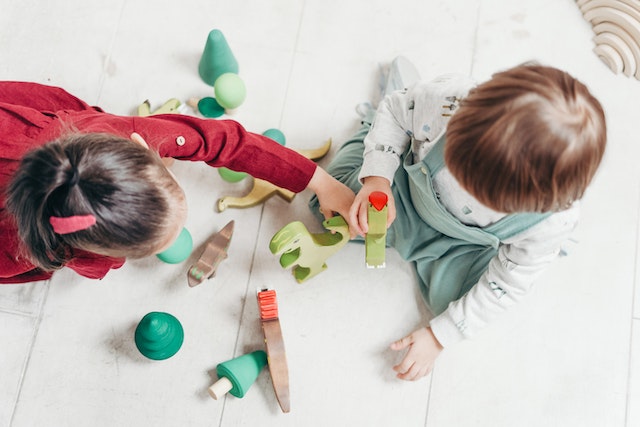 Children experience emotions before they learn how to use words to describe those emotions. When a child misbehaves, it’s usually a sign that they are feeling angry, anxious, ignored, or overwhelmed. With training and practice,
Children experience emotions before they learn how to use words to describe those emotions. When a child misbehaves, it’s usually a sign that they are feeling angry, anxious, ignored, or overwhelmed. With training and practice, 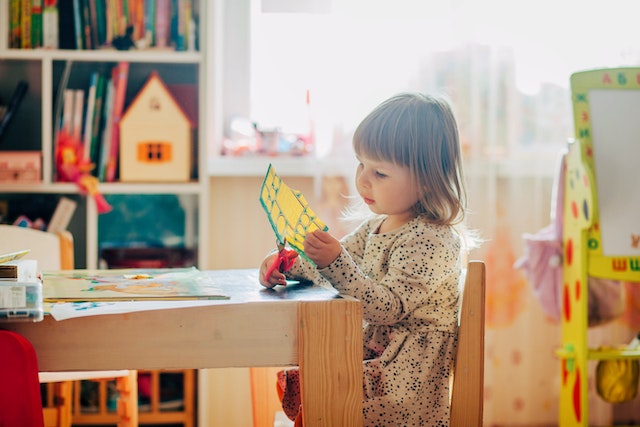 Even though genetics plays a huge role in a child’s cognitive abilities, the activities in which the child engages can also have a significant effect. As a
Even though genetics plays a huge role in a child’s cognitive abilities, the activities in which the child engages can also have a significant effect. As a 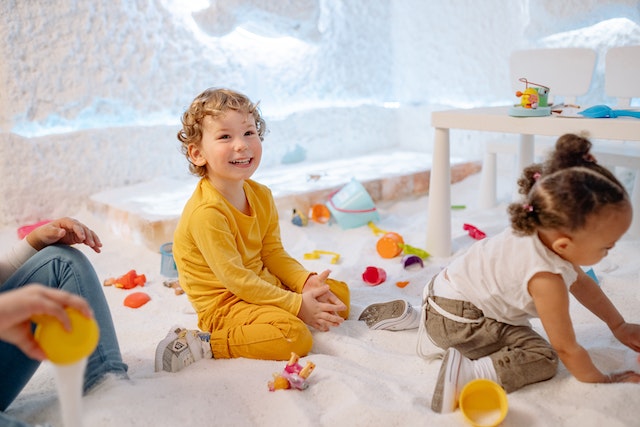 In a competitive and fast-developing world, it’s crucial for children to develop their cognitive abilities at an early age. Helping your child develop and harness their ability to reason, make decisions, memorize information, and communicate effectively can help set them up for success. With the right training and practice, a child’s learning and thinking capacity can improve. In this article, we discuss the importance of including cognitive activities in
In a competitive and fast-developing world, it’s crucial for children to develop their cognitive abilities at an early age. Helping your child develop and harness their ability to reason, make decisions, memorize information, and communicate effectively can help set them up for success. With the right training and practice, a child’s learning and thinking capacity can improve. In this article, we discuss the importance of including cognitive activities in 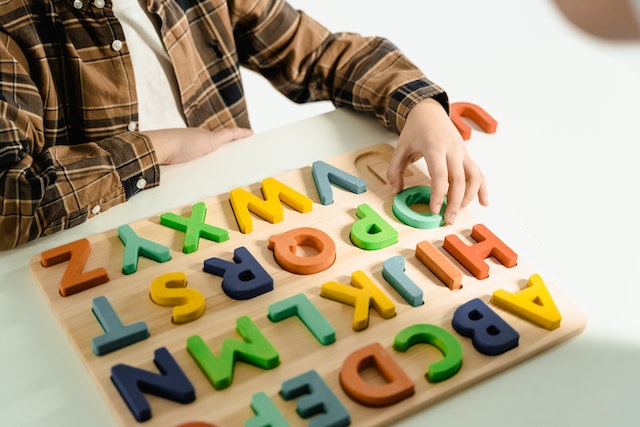 Alphabet knowledge is the foundation for children’s ability to read and write the English language and is critical for academic development. Alphabet knowledge involves recognizing letters, saying their names, associating the names with their corresponding sounds and, to some extent, writing on paper or other material.
Alphabet knowledge is the foundation for children’s ability to read and write the English language and is critical for academic development. Alphabet knowledge involves recognizing letters, saying their names, associating the names with their corresponding sounds and, to some extent, writing on paper or other material.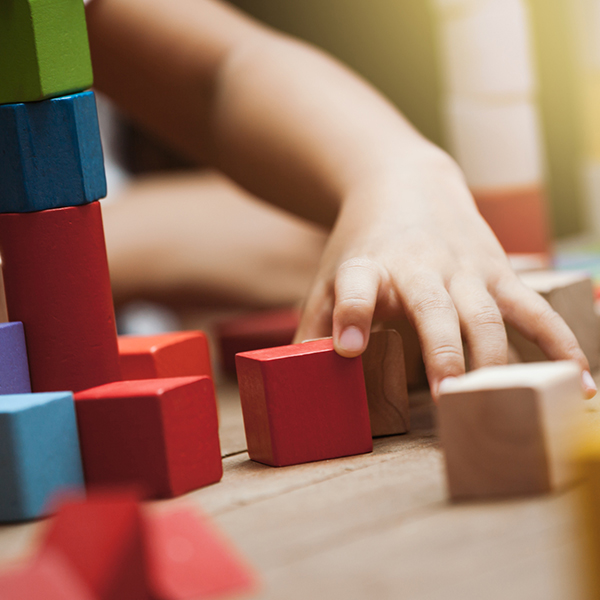 As a parent, you want your child to master the art of writing as soon as they can hold objects with their fingers. However, writing often doesn’t come easy, and children may require long periods of practice before they become proficient. Including tracing in your child’s early learning activities can help them sharpen their pre-writing abilities and build a solid basis for both drawing and writing. In this article, we explore tracing techniques to teach young learners.
As a parent, you want your child to master the art of writing as soon as they can hold objects with their fingers. However, writing often doesn’t come easy, and children may require long periods of practice before they become proficient. Including tracing in your child’s early learning activities can help them sharpen their pre-writing abilities and build a solid basis for both drawing and writing. In this article, we explore tracing techniques to teach young learners.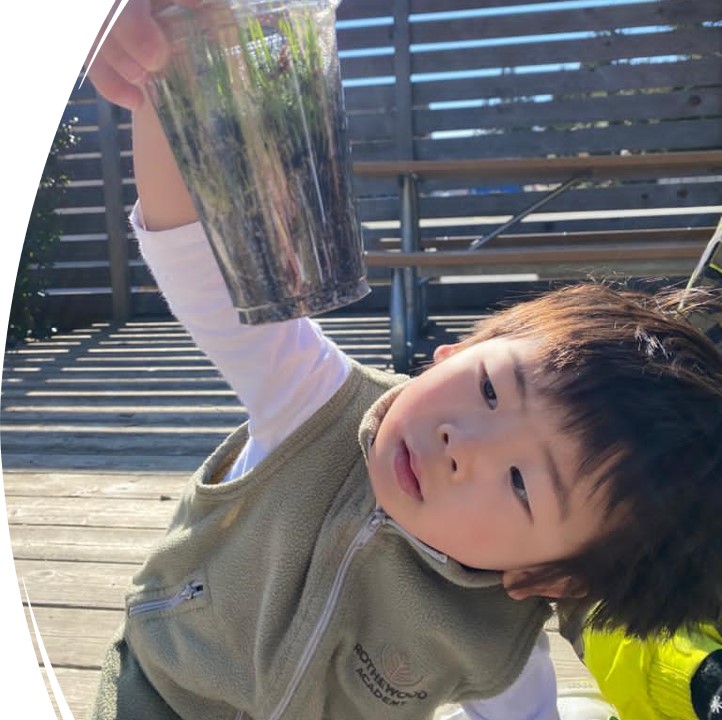 Encouraging physical activity in preschool children is beneficial for their mental, physical, and emotional well-being and development. This means creating opportunities for them to move around and play with children their age.
Encouraging physical activity in preschool children is beneficial for their mental, physical, and emotional well-being and development. This means creating opportunities for them to move around and play with children their age. You may have heard varying opinions from family members and friends that have caused you to be hesitant about enrolling your child in an early learning program. However, opting out of an early learning program may rob your child of the opportunity to have a tailored educational experience that can shape essential developmental skills that will serve them throughout their academic years. Having a better understanding of early childhood education can help you wade through the myths and make the best decision for you and your child.
You may have heard varying opinions from family members and friends that have caused you to be hesitant about enrolling your child in an early learning program. However, opting out of an early learning program may rob your child of the opportunity to have a tailored educational experience that can shape essential developmental skills that will serve them throughout their academic years. Having a better understanding of early childhood education can help you wade through the myths and make the best decision for you and your child. Daycare drop-off is the most popular option for parents who must go out to work or run errands. Ideally, daycare is an environment that guarantees smart learning and the proper supervision of children in an organized, playful setting. It can be a full-time or part-time centre-based program or in-home and is a fitting pre-school experience where children can interact with their peers as they learn.
Daycare drop-off is the most popular option for parents who must go out to work or run errands. Ideally, daycare is an environment that guarantees smart learning and the proper supervision of children in an organized, playful setting. It can be a full-time or part-time centre-based program or in-home and is a fitting pre-school experience where children can interact with their peers as they learn.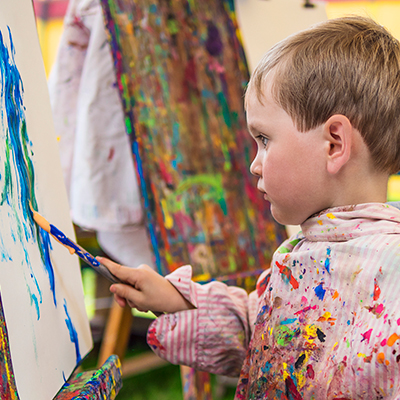 The quality of early learning that your child receives can have lasting effects on their success as school-aged children, teens and adults. Therefore, the decision to enrol your child in daycare shouldn’t be taken lightly. Children excel in dynamic environments that support their well-being. Here are some of the advantages of enrolling your child in the right daycare program:
The quality of early learning that your child receives can have lasting effects on their success as school-aged children, teens and adults. Therefore, the decision to enrol your child in daycare shouldn’t be taken lightly. Children excel in dynamic environments that support their well-being. Here are some of the advantages of enrolling your child in the right daycare program: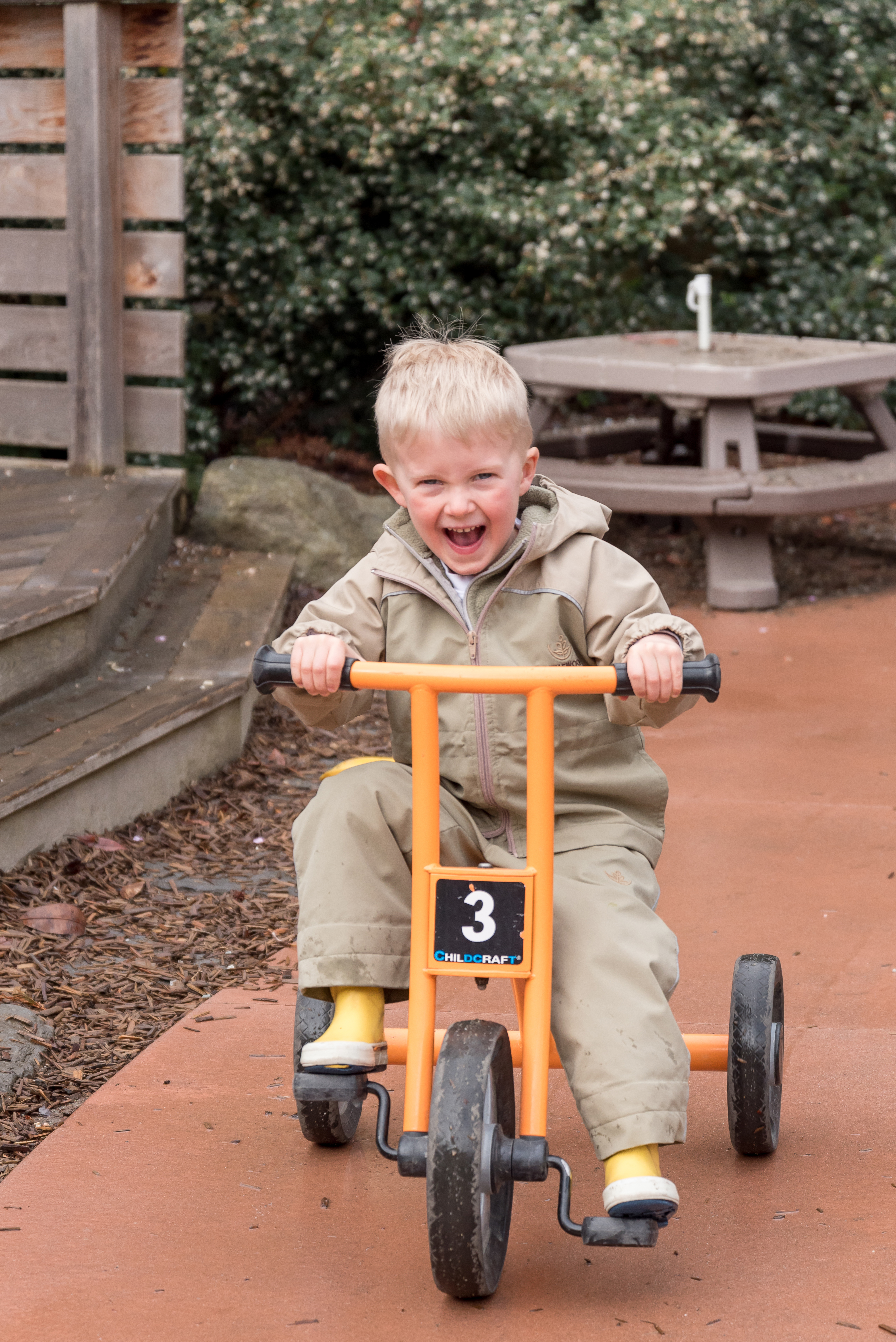 While you can put a lot of care into ensuring that your child is safe at home, you can’t always control everything around them when they’re out of your sight. For many parents, ensuring that their child’s needs are met at daycare can be challenging. Many children may have bouts of separation anxiety or experience days when they don’t want to go to daycare, perhaps because some of their needs are not met there. How can you ensure your child’s needs are met while in daycare?
While you can put a lot of care into ensuring that your child is safe at home, you can’t always control everything around them when they’re out of your sight. For many parents, ensuring that their child’s needs are met at daycare can be challenging. Many children may have bouts of separation anxiety or experience days when they don’t want to go to daycare, perhaps because some of their needs are not met there. How can you ensure your child’s needs are met while in daycare?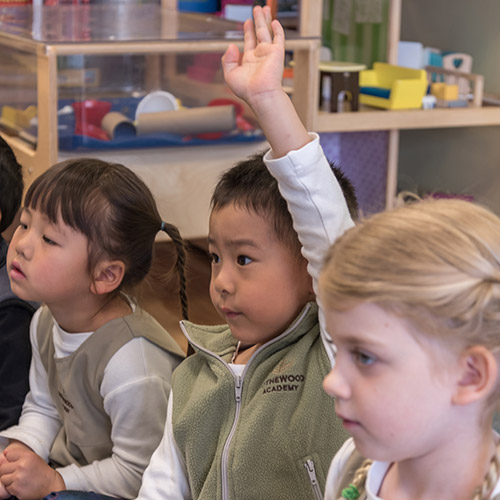 After-school programs can be viewed as an engaging and creative extension of the school day. As working parents, you are concerned about what your child will do after the school day has ended, especially when you are not able to pick them up right after school. An after-school program would be the solution to this concern. When checking out after-school programs, it is important to look for a place where there is
After-school programs can be viewed as an engaging and creative extension of the school day. As working parents, you are concerned about what your child will do after the school day has ended, especially when you are not able to pick them up right after school. An after-school program would be the solution to this concern. When checking out after-school programs, it is important to look for a place where there is 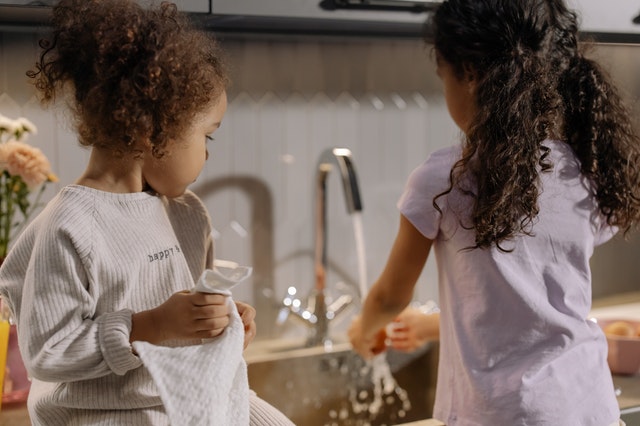 Due to their underdeveloped immune systems and high exposure to germs at school and other childcare facilities, children are more vulnerable than adults to sickness caused by germs. Children seldom understand the importance of good hygiene habits, which further raises their susceptibility to illness. Thus, teaching them about germs during their
Due to their underdeveloped immune systems and high exposure to germs at school and other childcare facilities, children are more vulnerable than adults to sickness caused by germs. Children seldom understand the importance of good hygiene habits, which further raises their susceptibility to illness. Thus, teaching them about germs during their  For many parents, deciding on who should take care of their baby while they’re at work can be a daunting task. Other than choosing to be a stay-at-home parent or having relatives watch your child, the two main options for childcare are hiring a nanny or enrolling your child in a daycare centre. This article explores the pros and cons of each service to help you decide on the right childcare option for you.
For many parents, deciding on who should take care of their baby while they’re at work can be a daunting task. Other than choosing to be a stay-at-home parent or having relatives watch your child, the two main options for childcare are hiring a nanny or enrolling your child in a daycare centre. This article explores the pros and cons of each service to help you decide on the right childcare option for you. When parents review options for childcare, they often see the terms preschool and daycare used to describe similar types of programs. However, each option is different in terms of age group, education and childcare services. If you’re uncertain how to tell preschool and daycare apart, read on to learn what each has to offer.
When parents review options for childcare, they often see the terms preschool and daycare used to describe similar types of programs. However, each option is different in terms of age group, education and childcare services. If you’re uncertain how to tell preschool and daycare apart, read on to learn what each has to offer.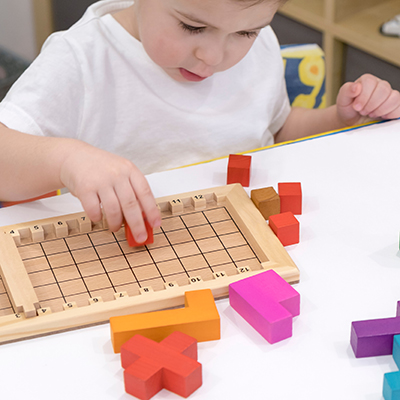 In
In  Before a child’s fifth birthday, the brain has completed approximately 90% of its growth. Early childhood education during this time provides essential foundations for children before they begin the rest of their school life. Pre-kindergarten learning programs allow children to navigate interactions with peers, learn basic math and vocabulary, and establish a strong base for social development and learning capabilities.
Before a child’s fifth birthday, the brain has completed approximately 90% of its growth. Early childhood education during this time provides essential foundations for children before they begin the rest of their school life. Pre-kindergarten learning programs allow children to navigate interactions with peers, learn basic math and vocabulary, and establish a strong base for social development and learning capabilities.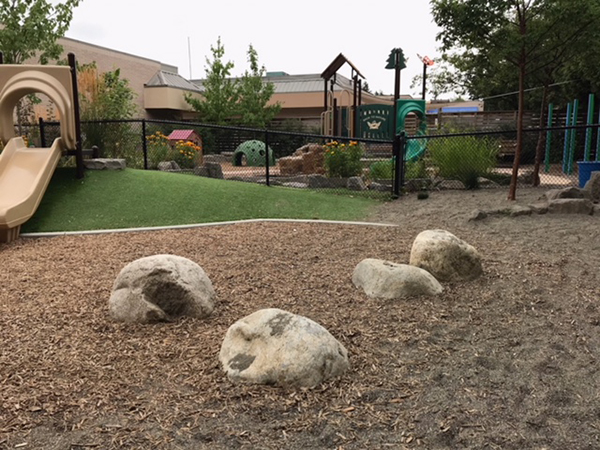 Sending your child off to school for the first time can be stressful. After all, it is unfamiliar territory for both parent and child. This important milestone may seem difficult, but with the right plan, parents can guarantee a smooth start. Here are a few tips to prepare your child for preschool.
Sending your child off to school for the first time can be stressful. After all, it is unfamiliar territory for both parent and child. This important milestone may seem difficult, but with the right plan, parents can guarantee a smooth start. Here are a few tips to prepare your child for preschool.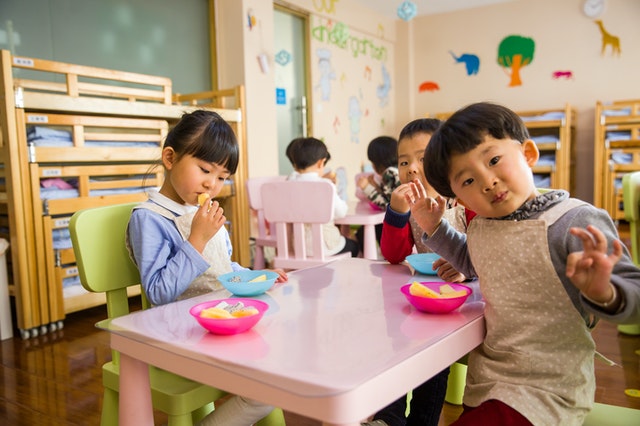 Did you know that the United Nations recognizes play as a right of every child? This is so because play is essential for child development. Play can help encourage communication, foster positive relationships, and improve cognitive skills.
Did you know that the United Nations recognizes play as a right of every child? This is so because play is essential for child development. Play can help encourage communication, foster positive relationships, and improve cognitive skills.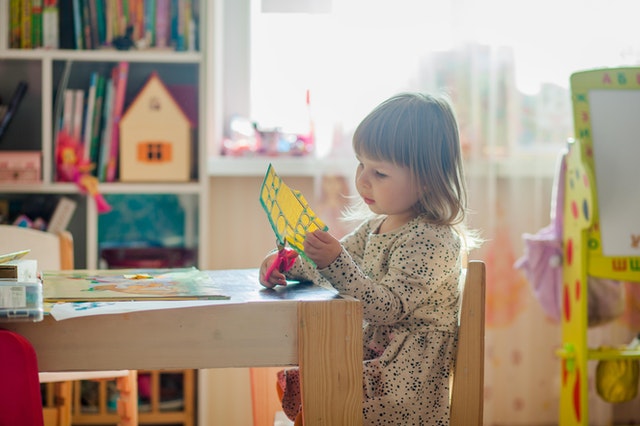 By the time a child reaches the age of 5, their brain has already undergone 90% of its development. Therefore, early
By the time a child reaches the age of 5, their brain has already undergone 90% of its development. Therefore, early 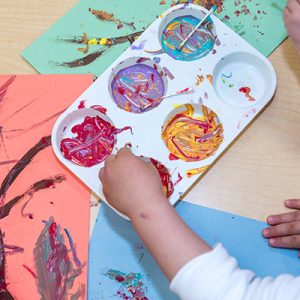 The correlation between colour and the brain has fascinated psychologists, neuroscientists and other scientists for many years. They’ve presented several studies that show how colours affect our moods, feelings and behaviours. Their findings have gone on to influence the way we decorate our homes, what we wear to a courtroom, how we promote products and other key areas of our lives.
The correlation between colour and the brain has fascinated psychologists, neuroscientists and other scientists for many years. They’ve presented several studies that show how colours affect our moods, feelings and behaviours. Their findings have gone on to influence the way we decorate our homes, what we wear to a courtroom, how we promote products and other key areas of our lives.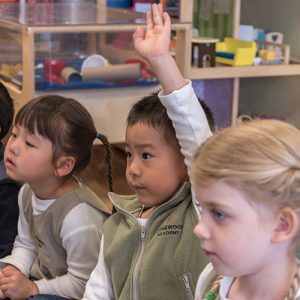 We are accustomed to learning environments that are academic-centric, where the emphasis is placed on teaching a core
We are accustomed to learning environments that are academic-centric, where the emphasis is placed on teaching a core  Preschools are
Preschools are 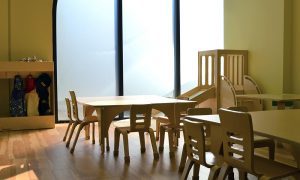 The first 5 to 7 years of children’s development are crucial to their cognitive and psychological health. Their interactions during this period shape how they develop their learning and communication skills. These skills influence their social interactions, how they form relationships, and how they deal with challenges.
The first 5 to 7 years of children’s development are crucial to their cognitive and psychological health. Their interactions during this period shape how they develop their learning and communication skills. These skills influence their social interactions, how they form relationships, and how they deal with challenges.